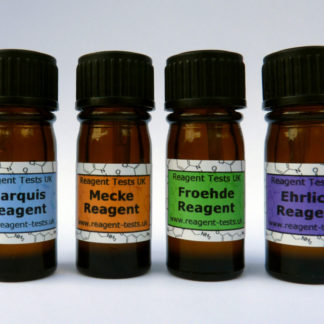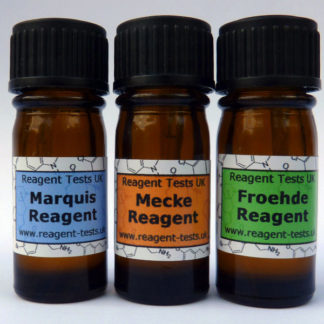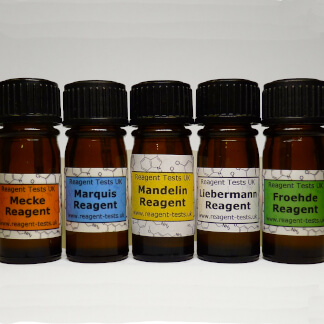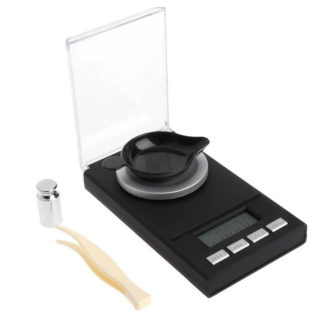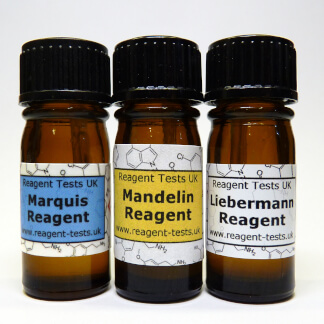Introduction
LSD is a highly potent psychedelic drug, with a teaspoon of crystals (3g) providing enough for 30,000 doses. It’s normal for the potency of different drugs to be different and there are many pharmaceuticals with this kind of potency. What’s difficult is that home equipment cannot easily measure out the 100 micrograms required for a dose.
To address this, LSD is distributed in pre-measured form. Dissolved in liquid (1 dose per drop) or soaked into blotter paper (1 dose per 5mm square). Less common is to stir the LSD into gelatin, then pour it out to set. The gelatin can be broken off in squares which represent one dose.
The problem is, gelatine can react directly with reagent test to give confusing results. This means we have to separate the LSD from the gelatine. Luckily, this process is very easy, simply requiring chlorine-free water to extract the LSD.
Boiling water sterilises it and removes any chlorine that could damage the LSD, and gelatine doesn’t dissolve well into it.
Equipment
You will need:
- Recently boiled water that has cooled below 80*C
- Something to manipulate the water like a syringe, pipette or even a teaspoon
- A geltab
- A small container to dissolve the geltab in, such as a shot glass
- Absorbent paper, cut into a 1cm x 1cm square
Procedure
- Boil the water and start cooling
- Dip the container into the water to pre-heat it, then take it out
- Put the geltab into the container
- Add half a teaspoon of the water (1 mL).
- The mixture must be at least 40*C for at least 5 minutes.
- Cover the container
- Allow to soak for 24 hours
- Place the paper square on the side of the container, half in the water and half out.
- Leave the container un-covered to evaporate. The water will migrate into the paper, carrying the active chemicals with it.
- You can now treat the paper like a normal piece of blotter, so cut off a quarter and place the test granules on top.

